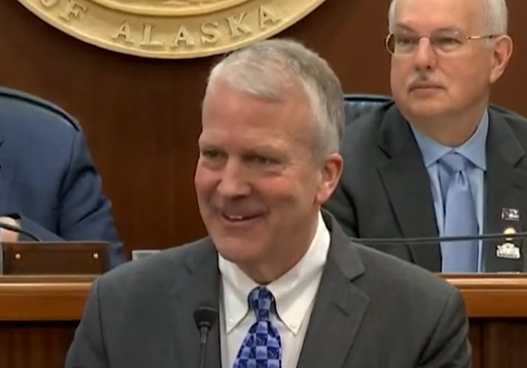Friday's announcement by the United States and Japan that 9,000 U.S. Marines will be transferred from a base on the Japanese island of Okinawa is being hailed as a major diplomatic accomplishment. But there are also concerns the actual transfer will be fraught with numerous complications.
The revised realignment plan, agreed to by Japan and the United States, is seen as both a compromise and a work still in progress.
It calls for moving nearly half of the 19,000 U.S. Marines off Okinawa. Up to 5,000 are to be re-deployed to the Pacific island of Guam and 4,000 moved to either Hawaii or rotated in and out of Australia.
No timelines were revealed.
Related story – US, Japan Reach Agreement to Move 9,000 Marines
Political analyst and adjunct senior fellow Richard Baker at the East West Center in Hawaii says the agreement comes after complex negotiations involving political, technical, financial and infrastructural issues.
“And I don’t think it was inevitable that they would be able to make a meeting of the minds of that sort, so that is the good news,” he said. “Now the bad news is that the public handling of this has got to be as sensitive as the negotiations were and as nuanced.”
Still unresolved is what to do with a Marine air station in the middle of a congested community on Okinawa. Most analysts believe that a proposed move to a site farther north on the island is unlikely to occur because of strong opposition locally. But the new airfield plan has officially not been scrapped.
Many Okinawans prefer to see all the Marines permanently vacate the islands. That is also unlikely in an era when concerns about China’s rise mean other Asia-Pacific nations want a reassuring presence of U.S. military forces in the immediate neighborhood.
The Obama administration has been telling its allies that the United States is making renewed and long-term military commitments to the region.
Baker, a retired veteran U.S. diplomat, acknowledges that repositioning troops from Okinawa to Guam and Hawaii may be viewed as a move in the wrong geographical direction.
“Critics will be tempted to say that this belies the intended pivot to Asia. I think that would be an unfair criticism given the realities of the negotiations and the realities of the very, very longstanding problem in Okinawa that this is designed to solve,” he noted.
Japan is to partly fund the $8.6 billion cost of a buildup on the U.S. Pacific territory of Guam.
It will be the largest military presence on the island since the Vietnam War when U.S. Air Force B-52s made daily bombing runs from Guam.
Guam, with a population of about 180,000, already hosts more than 7,000 military personnel, primarily assigned to Andersen Air Force Base, and a facility on the western side of the island known as “Big Navy.”
“The key thing, I think, for most people in Guam, is just to make sure that our infrastructure is developed so we can handle the new capacity,” stated Senator Judi Guthertz who chairs Guam’s legislative committee on the military buildup. “And that everyone has a deep respect for each other here so that we’re able to maintain the new identity and the unique tropicalness and beauty of the island. And I think our military partners are aware of that.”
Originally there were plans to move twice the number of Marines — 9,000 in all, to Guam.
That will somewhat ease concerns over the expensive infrastructure upgrades.
Lawmakers and the public in Guam still have many concerns and unanswered questions. Among them: the location for firing ranges and a port where visiting U.S. Navy aircraft carriers will berth.
The indigenous Chamorros have objected to any range site trespassing on ancient grounds while the initial anchorage site in Apra harbor has upset environmentalists and the tourism sector because dredging would destroy or damage more than 25 hectares of coral.
Guam Senator Guthertz supports the move of more Marines to the island but faces other questions from her constituents.
“Questions that remain are will the military be building housing to accommodate the Marines or will they be using housing available in the community? What kind of services will they need in the community from our private sector companies that are anxious and able to provide responses to their requests for proposals? So the economic benefits, I think, will occur but we’re not sure in what shape or what form yet,” he said.
Several powerful U.S. senators have been concerned about the plan’s overall cost and its impact on America’s regional military strategy.
The simultaneous announcement Friday in Tokyo and Washington addressed some of their concerns.
After the joint announcement the senators (Armed Services Committee Chairman Carl Levin and Jim Webb, both Democrats, along with former Republican presidential candidate John McCain) issued a statement saying they “still have many questions about the specific details” and its implications for force posture in the Asia-Pacific region.
Source: VOA News







